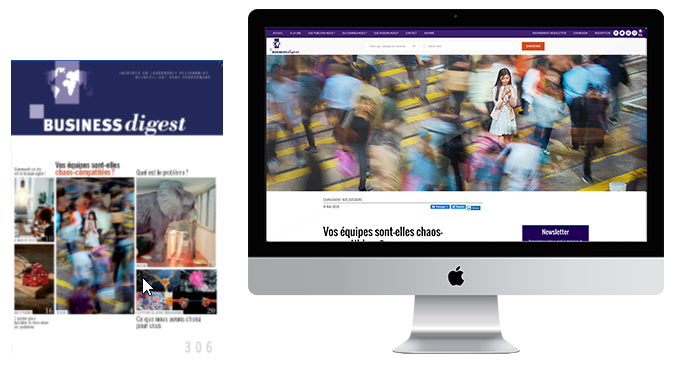An ancient philosophy leads to new solutions
Would you like to have an operating system that helps you thrive in stressful environments and make better decisions? In fact, one has been around since antiquity, and it’s called Stoicism.
If you haven’t looked at your Classics lately, Tim Ferriss sets out a four-step process for overcoming self-paralysis and taking action using Stoic principles:
- Visualize the worst scenarios that could befall you if you initiate a project or take a certain action. But don’t get stuck in pessimistic ruminations.
- List the fears that you have visualized and draw three columns alongside each of them. “Define”: specify the risks you associate with this fear; “prevent”: write down everything that would enable you to decrease the likelihood of these risks; and “repair”: how, in the worst case, you would find a back-up solution. You’re breathing easier already!
- Then think about the positive aspects of taking action. One benefit would be to have greater self-confidence by taking this small risk. But there are surely others.
- Evaluate the cost of inaction. If you stick to the status quo, you’ll pay in terms of lost opportunities.
By the time you’ve finished this exercise, you will be making better decisions and be less susceptible to fear.
“Why you should define your fears instead of your goals”
by Tim Ferriss (Vidéo TED, april 2017).
© Copyright Business Digest - All rights reserved




